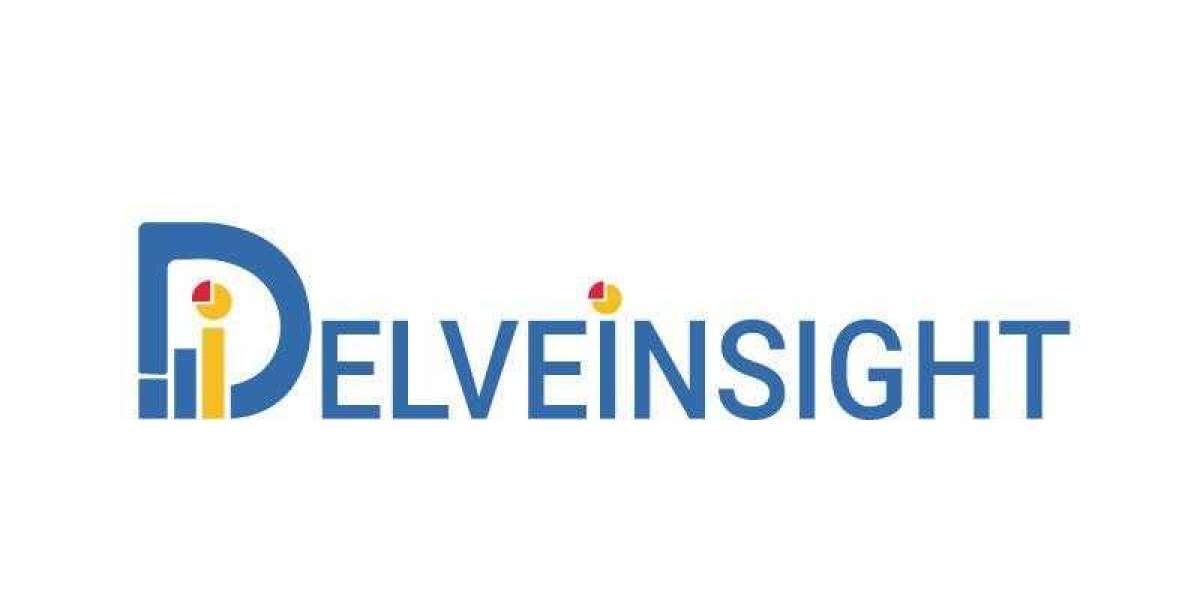Fabry disease is a rare genetic disorder caused by the buildup of globotriaosylceramide (Gb3) due to deficient activity of the enzyme alpha-galactosidase A (GLA). This accumulation leads to multi-system complications, particularly in the heart, kidneys, and nervous system. The Fabry disease drugs market has seen significant growth as treatments evolve from enzyme replacement therapies (ERTs) to gene therapies and other novel approaches. This article explores the current state, key players, and future outlook of the Fabry Disease Drugs Market.
Market Drivers
The Fabry disease Treatment Market is primarily driven by the increasing availability of advanced therapies, growing awareness, and early diagnosis of the disease. Several factors contribute to this growth:
Advanced Therapeutics: The development of novel therapies such as chaperone therapies, substrate reduction therapies, and gene therapies offers more targeted and efficient treatments compared to traditional enzyme replacement therapies (ERTs).
Increasing Prevalence: With enhanced diagnostic techniques, more cases of Fabry disease are being identified globally. While the disease is still considered rare, the improved diagnosis rate contributes to a larger patient pool, fueling market demand for treatments.
RD Investments: Pharmaceutical companies are actively investing in Fabry disease research, focusing on drug development and clinical trials. This surge in research has accelerated the approval and launch of new treatments.
Government and Regulatory Support: The introduction of orphan drug designations and financial incentives by regulatory bodies such as the U.S. FDA and the European Medicines Agency (EMA) has encouraged more players to enter the Fabry disease space.
Current Treatment Landscape
The Fabry Disease Drugs Market is currently dominated by enzyme replacement therapies (ERTs). These therapies aim to replace the deficient alpha-galactosidase A enzyme, reducing the accumulation of Gb3. Some of the key drugs in the ERT segment include:
Fabrazyme (agalsidase beta): Developed by Sanofi Genzyme, Fabrazyme is one of the most widely prescribed ERTs for Fabry disease. It has been in the market for several years and is the cornerstone treatment for patients with classic Fabry disease.
Replagal (agalsidase alfa): Shire (now part of Takeda) developed Replagal, another enzyme replacement therapy widely used outside the United States.
However, newer treatment options are emerging:
Migalastat (Galafold): Developed by Amicus Therapeutics, Galafold is a chaperone therapy designed for Fabry patients with amenable GLA gene mutations. It offers an oral alternative to ERT, making it more convenient for patients who prefer a non-intravenous route.
Gene Therapies: Gene therapies represent a new frontier in the Fabry disease treatment landscape. Companies like AVROBIO and 4D Molecular Therapeutics are exploring gene therapy solutions aimed at providing long-lasting treatment effects by addressing the root cause of the disease. Gene therapy has the potential to offer a one-time, curative treatment by permanently correcting the enzyme deficiency.
Key Players in the Fabry Disease Drugs Market
Several pharmaceutical companies are actively developing or marketing treatments for Fabry disease. The leading companies include:
- Sanofi Genzyme
- Takeda Pharmaceuticals
- Amicus Therapeutics
- Avrobio
- Freeline Therapeutics
- 4D Molecular Therapeutics
Challenges in the Market
Despite the advancements in treatments, several challenges remain in the Fabry Disease Drugs Market:
High Cost of Treatment: Enzyme replacement therapies and other innovative treatments for Fabry disease are expensive, creating a financial burden for patients and healthcare systems. Access to these therapies in low-income and developing countries remains a significant issue.
Limited Awareness and Diagnosis: Although diagnosis rates have improved, many Fabry disease cases go undetected due to its rare nature and broad spectrum of symptoms, which can be mistaken for other diseases.
Safety and Efficacy Concerns: Some patients experience adverse effects with ERTs, and the long-term safety of newer therapies, such as gene therapy, is still under investigation.
Future Outlook
The future of the Fabry Disease Drugs Market looks promising with the ongoing innovation in treatment options. Gene therapies and other novel approaches hold the potential to change the treatment paradigm by offering curative solutions. Additionally, the rise in awareness and improved diagnostic techniques will contribute to better disease management and early intervention.
Moreover, collaborations between pharmaceutical companies, research institutions, and advocacy organizations are expected to accelerate drug development and ensure that more patients have access to life-saving treatments. Expanding reimbursement policies and government support for rare diseases will also play a vital role in market growth.
Conclusion
The Fabry Disease Drugs Market is undergoing significant transformation with the advent of new therapies, increased research activities, and growing awareness of the disease. As the market evolves, there is a strong focus on developing therapies that are not only effective but also more accessible and convenient for patients. With ongoing advancements, the market is expected to witness continued growth and innovation in the coming years, providing better outcomes for individuals affected by Fabry disease.
List of Top Selling Market Research Reports in 2024
Von Hippel-Lindau Disease Market
Chronic Rhinosinusitis with Nasal Polyps Market
Abdominal Aortic Aneurysm Market
Acid sphingomyelinase deficiency Market
Bone Metastasis In Solid Tumors Market
Carbapenem-resistant Enterobacteriaceae Infection Market
Chronic Smell and Flavor Loss Market
Complement 3 Glomerulopathy Market
Smoking Cessation and Nicotine Addiction Market
Cryopyrin-associated Periodic Syndromes Market
PD-1 Non-Small Cell Lung Cancer Market
Parkinson's Disease Levodopa-Induced Dyskinesia Market
Radiation-induced Esophagitis Market
Opioid Withdrawal Syndrome Market
Stress Urinary Incontinence Market
Soft Tissue Sarcoma with Lung Metastases Market
Parainfluenza Virus Infection Market
Cough in Idiopathic pulmonary fibrosis Market
Bone Metastasis In Solid Tumors Market
Chemotherapy Induced Neutropenia Market
PD-1 Resistant Head and Neck Cancer Market
Metachromatic Leukodystrophy Market
Peripheral T-Cell Lymphoma Market
Focal Segmental Glomerulosclerosis Market
Intratumoral Cancer Therapies Market
Complex Regional Pain Syndrome Market
Hypoxic Ischemic Encephalopathy Market
About Us
DelveInsight is a leading healthcare-focused market research and consulting firm that provides clients with high-quality market intelligence and analysis to support informed business decisions. With a team of experienced industry experts and a deep understanding of the life sciences and healthcare sectors, we offer customized research solutions and insights to clients across the globe. Connect with us to get high-quality, accurate, and real-time intelligence to stay ahead of the growth curve.
Contact Us
Yash Bhardwaj




